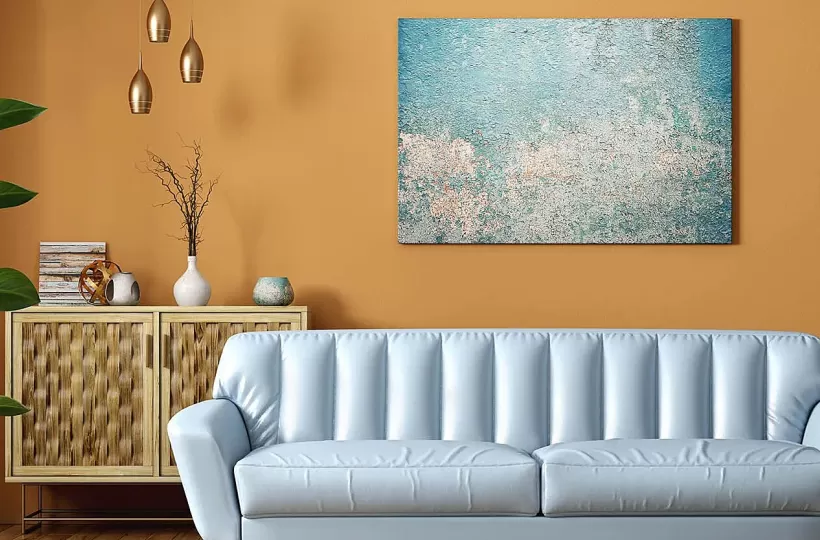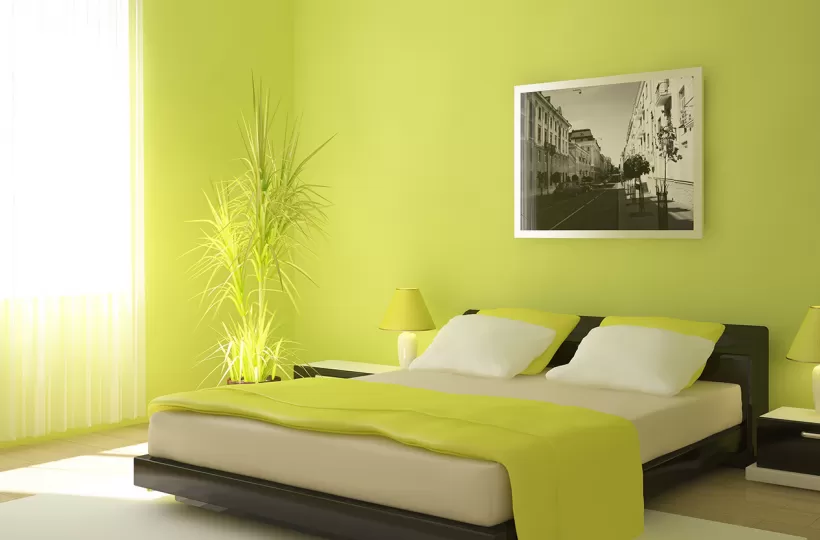
What is Enamel Paint? All You Need to Know About Enamel Painting

Create Your Dream Home With Our Painting Experts
Fill the form below to book a free site evaluation by Nerolac Nxtgen painting Services expert
Enamel paint is a type of opaque finishing or protective layering/coating applied to metal surfaces. Its rich, vibrant colours are popular with many homeowners who want to make their homes look new again.
Enamel paint is composed of a base coat (an adhesive for pigment particles) and a colourant. These components react with each other to form chemical bonds that create resistance to weathering factors like heat or cold. The resulting finish, therefore, offers more durability than standard finishes do on any surface it is applied onto.
The best part is that they come in different colours as well as different levels of glossiness (matte finish).
Nerolac Paints, a leading paint company in India offers a wide range of wall paint colours & painting services & solutions for homes & offices.

Colour Combination for Walls: 10 Beautiful House Colour Combination Ideas
A Guide To Trending Colour Combinations For Walls With Images
12 Stylish Green Colour Combinations and Photos
Green Colour Combinations
What Colours Match with Blue? 14 Colour Combinations with Blue for Your Home
Blue is a universally popular colour for décor and design
-
Recent Blogs
- Zodiac Sign Meanings: Choose Lucky Colours With Your Astrology Sign
- Top 10 Painting Ideas for North & South Facing House Vastu
- Top 10 Creative Wall Furnishing Ideas For Your Lovely Home
- Top 10 Mocha Mousse Colour Combinations and Photo Inspirations
- How Heat Resistant Paint for Roofs Can Reduce Your Indoor Temperature?
Get in Touch
Looking for something else? Drop your query and we will contact you.
FAQs
What does enamel paint contain?
How to apply enamel paint?
What are the advantages of enamel paints?
What are the disadvantages of enamel paints?
Which areas of a home (rooms) or on what surfaces or where enamel paints can be applied?
Are enamel paints expensive than other paints?
How long does enamel paint take to dry?
What is the difference between enamel paint and acrylic paint?
Get in Touch
Looking for something else? Drop your query and we will contact you.
Popular Searches
Get in Touch
Looking for something else? Drop your query and we will contact you.


